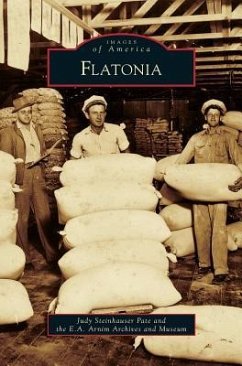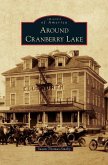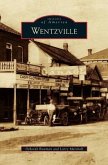Flatonia owes its place on the map to the railroad and its name to German immigrant and entrepreneur F.W. Flato. The Galveston, Harrisburg & San Antonio Railway first traversed southwestern Fayette County in 1874. Inexpensive land along the line attracted farmers and ranchers, and new shipping and trade opportunities enticed merchants. Immigrants of German and Czech origins mingled with Mexican Americans, African Americans, and transplants from the Southeastern United States. These diverse groups were known to brawl one minute and unite in a common cause the next. Flatonia's survival has depended upon its ability to adapt while honoring its heritage. As rail service declined, a location on the coast-to-coast Old Spanish Trail (US Highway 90) provided a steady flow of automobile traffic. Cotton disappeared, but cattle and egg production remained strong. The buildings of the Flatonia Commercial Historic District still retain their late-19th- to early-20th-century charm, earning distinction in the National Register of Historic Places.
Hinweis: Dieser Artikel kann nur an eine deutsche Lieferadresse ausgeliefert werden.
Hinweis: Dieser Artikel kann nur an eine deutsche Lieferadresse ausgeliefert werden.








